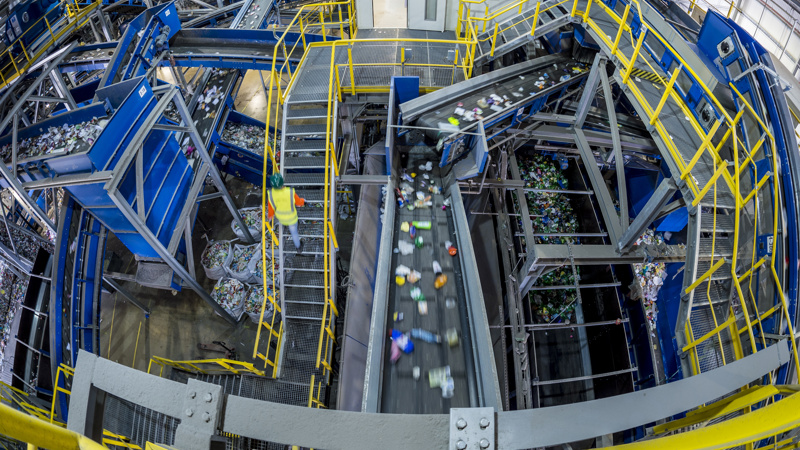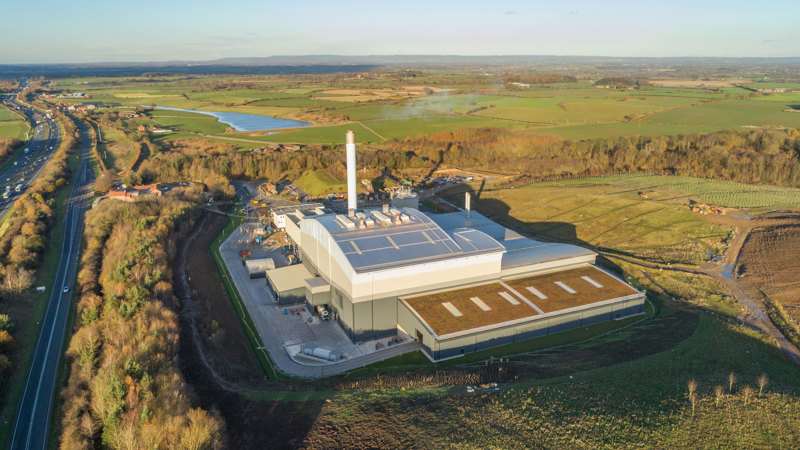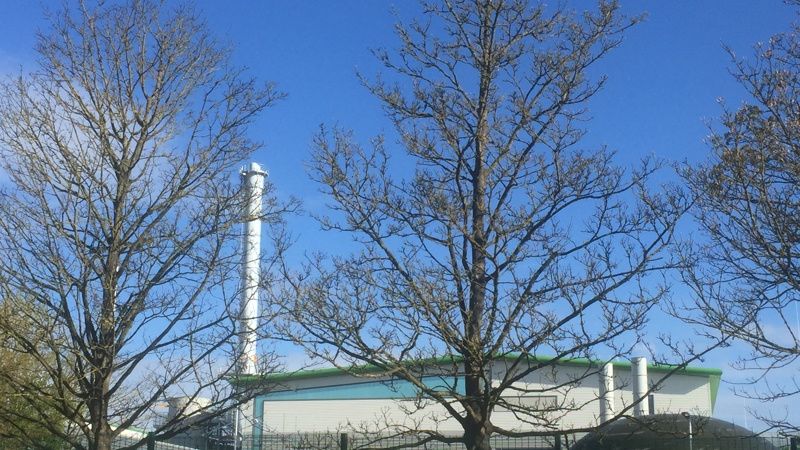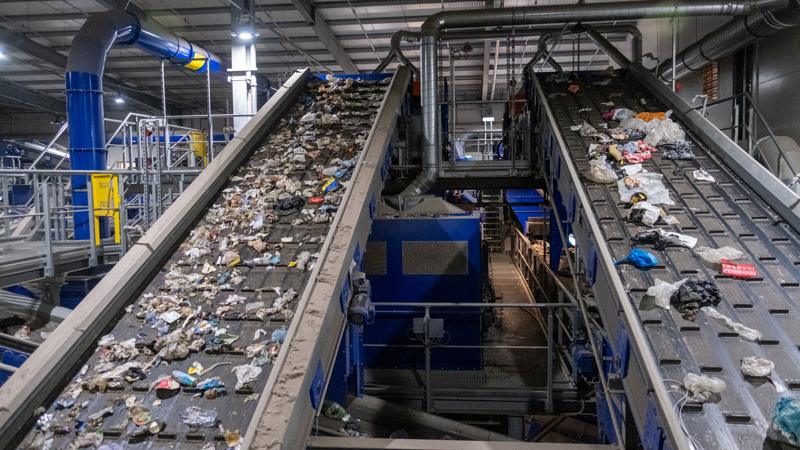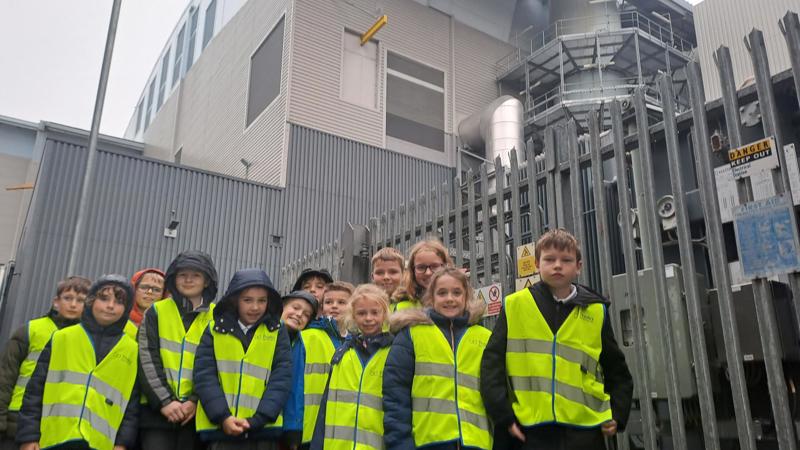Addressing odours
Milton Keynes Waste Recovery Park complies with European legislation which imposes strict emission limits.
Waste management facilities are strictly regulated by the Environment Agency. In addition to continuous monitoring of emissions, the Agency regularly and independently checks and monitors the facility.
Advanced thermal treatment facilities such as Milton Keynes Waste Recovery Park are more strictly regulated than most other processes, including coalfired and gas-fired power stations.
Advanced thermal treatment technology produces less emissions than conventional energy from waste plants.
Prevention
They key to Milton Keynes Waste Recovery Park odour reduction is prevention. Every day, the waste park accepts thousands of tonnes of waste. The site itself is limited to the material it receives based on its permit – “black bag” waste - so whilst odour may be a non-issue at many facilities, especially those that accept clean recycling waste, at MKWRP we accept dirty waste, that’s why the designing of the building was of paramount importance for us to be able to achieve our permit requirements.
The goal, like with any facility that accepts waste, is to get waste in and sorted efficiently as fast as possible, and we are designed to do exactly that. Waste is methodically stored and processed to ensure as quicker turn around as possible, with inbound and outbound materials also analysed on a daily basis. To ensure our technologies remain effective, we complete two planned shutdowns annually in each area as well as planned preventative maintenance on key assets across site.
All about our design
Another way to combat odours is by keeping our site as clean as possible. Clean means making sure there is nowhere for waste to sit or pile up for long periods of time throughout the site. This means waste cannot build up and sit for days or weeks at a time and reduces the chance of, odour, maintenance needed around the site, and reduces pest activity.
“Mechanical” Solutions
Outside of how Milton Keynes is designed, there are also the mechanical ways we control and limit odour in and from the site. One of these methods, is negative air pressure. The sites ventilation system is specifically designed to put any area that holds waste, under negative pressure. An example of where this is important is when a refuse vehicle visits site to deposit household waste. As it enters the waste reception hall through a fast-acting automatic door, air is being drawn into the building to reduce odour escaping. With around 70 vehicles entering this building daily, it is a very important part of the site's odour abatement strategy.
Concerned about and odour in your neighbourhood - how to identify and let us know find out here

